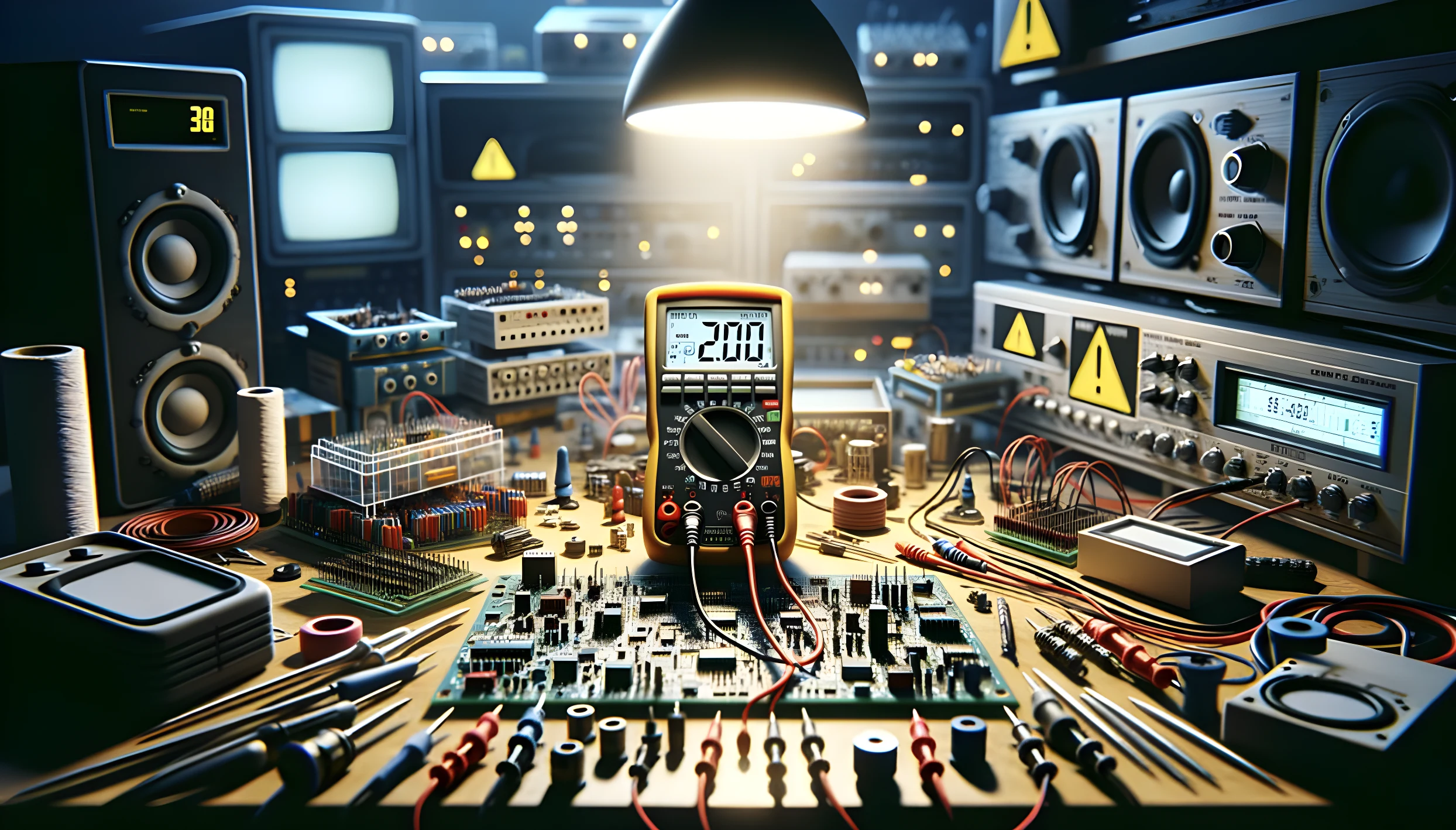Vibration testing as seen by a Testing Engineer/Testing Lab’s perspective
The wide range of problems that can be caused by vibration is often underestimated. Most people would probably think of structural damage as one of the main problems, but lesser damage can be caused to components or sub-assemblies which may not even be visible but can have a drastic effect.
This effect can be functional, either long-lasting or temporary, or it can cause weaknesses that do not have an immediate effect on the product but will later prevent it from completing its job when put under stress.
Vibration can also cause unwanted noise or resonances which make a product unusable. Each of these issues can often be fixed with small modifications to the design in the development stages.
Save Time & Money by identifying your Product’s Weak Points
Weaknesses and issues that are identified earlier in the product development process are invariably less time-consuming and less cost-prohibitive to fix or improve. Vibration testing is a very good tool for locating these weaknesses, whether they affect the structure, the function, the performance, or even the comfort of a product.
Almost every type of product is subjected to some kind of vibration and shock at some stage in its life, whether that is in it’s designed use or simply during transport.
Know Before You Test
Before submitting the product to an accredited testing laboratory, a few things should be taken into consideration to avoid costly delays. Some of the common issues that testing labs face, when working on Vibration testing projects, are:
Inappropriate fixture
- Too heavy
- Too weak/ flexible
- Difficult to use (inaccessible attachments)
What’s the goal?
- Do you need to demonstrate that the product functions during vibration?
- Do you need to demonstrate that the product functions after vibration?
- Is it a Lifetime Fatigue test?
- Is it a Resonance search test to locate the weakest points?
- Is it a Resonance search test to assess that the product is ergonomically usable, or comfortable?
Expected use of the equipment
Are the levels, durations, orientations etc. appropriate for the expected use of the equipment?
Vibration testing from a designer/manufacturer’s perspective
For a designer, one of the reasons for which Vibration testing can be important is to help with identifying mechanical failure modes that might have been missed.
A Resonant Peak search, for example, would help with understanding what mechanical vibration frequencies could be problematic for the application, and how sensitive they are. Any motors or fans in the device should be chosen such that they will not create forcing functions at those frequencies. If a design has strong resonant peaks, the designer might decide to change the structural design.
Dwell testing can be helpful for testing certain problem areas of a design in a more targeted way. Parts of the DUT that are most vulnerable to vibration are tested at their problem frequencies.
Vibration testing for Accelerated Lifetime imposes high accelerations on the DUT, while varying the temperature, which is a great way of artificially ageing a lot of the mechanical components.
A HALT test can be used to show what parts of the product will be the causes of failure when the device breaks down in the real world. Designers can make educated decisions about how to address the potential failure mode, and they can continue testing to identify further failure modes, if that’s desired.
If needing to simulate impacts or to reveal failure modes that are best exposed by a single focused application of force, Shock Testing can help with that. When conducted with accelerometers, before a sine sweep, will give a good idea of what to expect from the sweep.
Lastly, Vibration testing can be key for certain kinds of sensor designs, especially sensors intended for vehicles or aircrafts, to avoid having the sensor read false data under certain vibration conditions.
Ultimately, testing products for Vibration not only validates that the equipment meets the requirements of the applicable defense, aerospace, transportation, and other standards, but also helps to identify potential performance issues and failures before it’s too late.
Dan Ichim, M.Eng. | Environmental Testing Manager
With a bachelor’s degree in Civil Engineering, a Major in Structural Engineering, and a Master of Applied Science in Environmental Engineering, but especially thanks to his technical expertise and engineering knowledge, Dan has been a key part in the development of the Mechanical, Structural, and Environmental departments at LabTest Certification Inc. since 2014, assisting manufacturers with their R&D and Type Approval needs.




